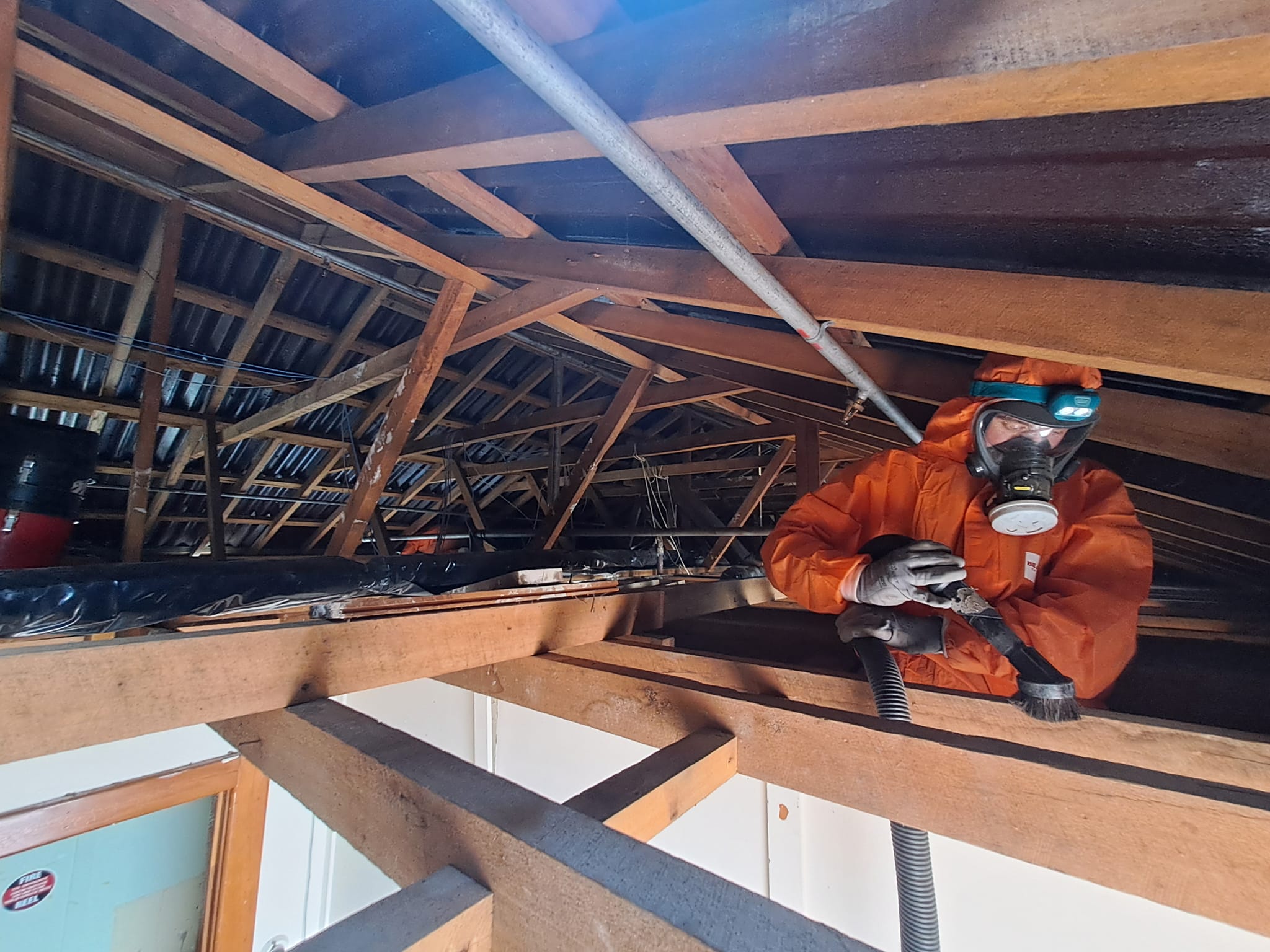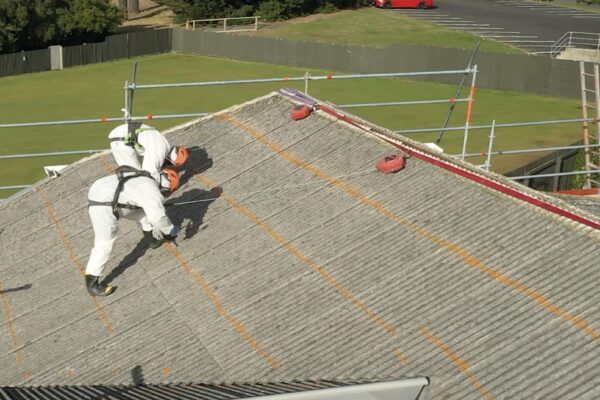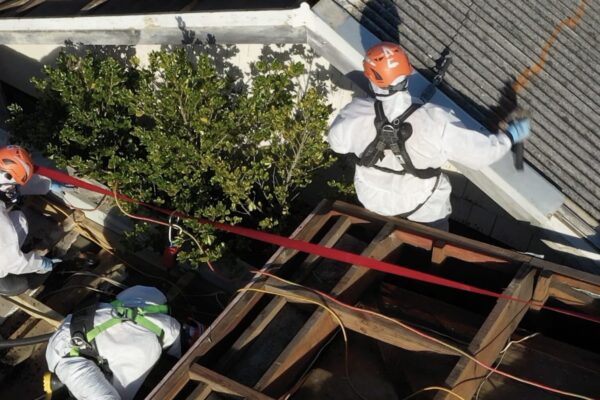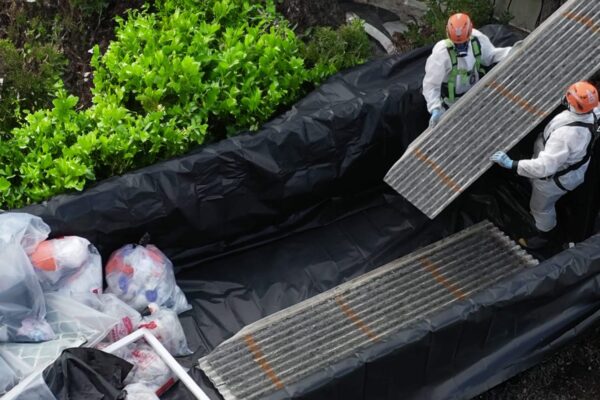What is asbestos and how to identify it?
Discover the risks of asbestos, its types, and the essential steps for safe removal, disposal, and mitigation to protect your health and environment.
What is Asbestos?
Asbestos is a naturally occurring mineral that forms from volcanic activity, characterised by its fibrous structure. These small fibres can be easily separated, making asbestos versatile and useful in various applications. However, these fibres also make asbestos hazardous, requiring professional asbestos mitigation and asbestos removal services to ensure safety. Its unique properties include heat resistance, tensile strength, and chemical inertness, which made it popular in construction, automotive, and industrial settings. However, these same fibres, when inhaled, pose significant health risks, leading to its regulation and eventual ban in many countries and necessitating proper asbestos clearance and asbestos disposal to mitigate dangers.
Types of Asbestos
Asbestos comes in several forms, but the three most common types are Chrysotile, Amosite, and Crocidolite:
Chrysotile (White Asbestos): The most prevalent type, Chrysotile is composed of curly, flexible fibres and was often used in roofing, ceilings, walls, and flooring. Due to its widespread use, asbestos removalists frequently encounter this type in residential and commercial buildings.
Amosite (Brown Asbestos): Known for its straight, brittle fibres, Amosite was commonly found in insulation materials and cement sheets. This type often requires hazardous materials management to safely remove and dispose of it.
Crocidolite (Blue Asbestos): This is the most hazardous form and often demands specialised asbestos abatement removal. Crocidolite has very fine, sharp fibres and was typically used in steam engine insulation, spray-on coatings, and cement pipes.
Each type of asbestos carries varying levels of risk, but all are harmful when their fibres become airborne and are inhaled.
Why Was Asbestos Banned?
Asbestos was banned in New Zealand due to its severe health implications, including asbestosis, mesothelioma, and lung cancer, which result from prolonged exposure to its fibres. The importation of asbestos-containing products was officially prohibited in 1984, but existing supplies within the country were still permitted for use until they were depleted. As a result, asbestos may still be present in buildings constructed into the late 1980s. To address this, professional asbestos removal and asbestos clearance are essential when renovating or demolishing older structures to prevent hazardous exposure. Proper asbestos disposal methods and hazardous materials management also ensure compliance with safety regulations.
Due to the dangers, it’s always important you talk to professionals when it comes to asbestos removal to ensure the removal is done safely and effectively without risking harm or risking left behind contamination.















